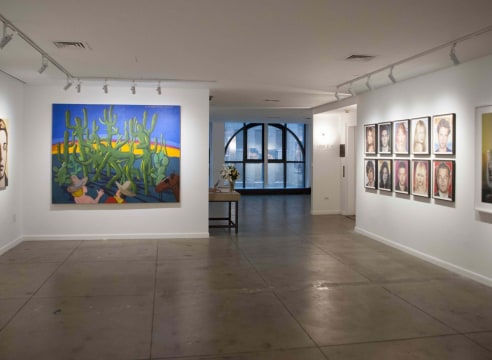
Willem de Kooning was born in Rotterdam, the Netherlands, in 1904. He came to the U.S. in 1926 and settled in New York City. He worked for several years in commercial art and was not able to dedicate himself to his creative pursuits because he did find a like-minded group of artists in New York who encouraged him to paint for himself.
Around 1928, de Kooning began painting still lives and figures, but it wasn’t long before he was dabbling in more abstract works, clearly influenced by the likes of Pablo Picasso and Joan Miró. As a young artist, he had an unbeatable opportunity in 1935, when he became an artist for the federal art project for the WPA (Works Progress Administration), through which he created a number of murals and other works. In 1936, de Kooning’s work was part of a Museum of Modern Art (MOMA) exhibit titled New Horizons in American Art, an early career highlight, but the following year his job with the WPA came to an abrupt end, when he was forced to resign because he was not an American citizen.
In 1948, de Kooning had his first solo show, at the Charles Egan Gallery. Also during this period, he joined academia, briefly teaching at Black Mountain College in North Carolina and at the Yale School of Art.
In 1961, de Kooning became an American citizen and settled in East Hampton, New York. He died in 1997, at age 92.